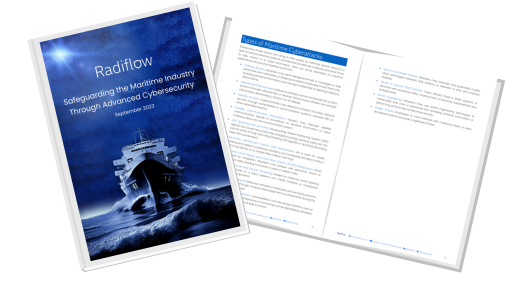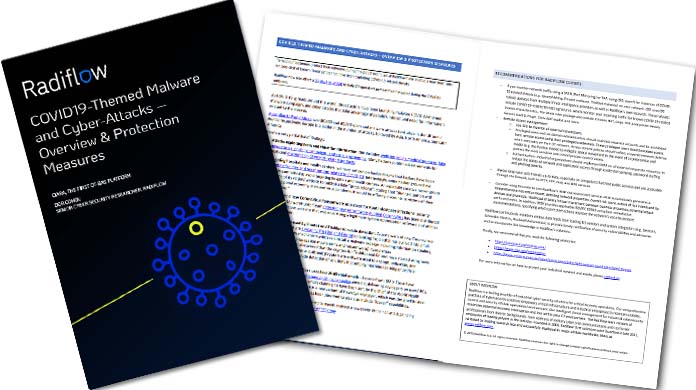

Tuesday October 3, 2023
The maritime industry has become increasingly digitized, IT/OT converged, and interconnected, especially as it adopts advanced technologies like Internet of Things (IoT) devices, satellite communications, electronic navigation, and more. While these advancements deliver considerable benefits – safety, efficiency, and convenience – they come at the price of a widening attack surface exposing vulnerabilities that can be exploited by malicious actors. Digitized systems like container management, shipboard controls, navigation, buoys, and even HVAC are in play. In fact, the value of maritime assets is so great and its efficient operation is so critical to countries, global enterprises, and billions of individuals, that cyber criminals and highly trained, statesponsored cyber syndicates are actively involved.
Securing Maritime Operations
Since seafaring vessels are part of a larger ecosystem – they participate in fleets and visit a variety of ports –- a successful attack on any single onboard system on a given ship can soon spread to other onboard systems. And the damage doesn’t necessarily stop there. Since vessels are in constant communication with their fleetsisters, today’s sophisticated threat actors can leverage their unwanted access to one vessel as a springboard to other vessels, rapidly infecting them as well. From there, port systems and even corporate networks are also within reach.
In this paper, we discuss the cyber risks that maritime operators face and offer practical suggestions for safeguarding their valuable assets and operations.

Security Brief “COVID19-Themed Malware and Cyber-Attacks – Overview & Protection Measures”